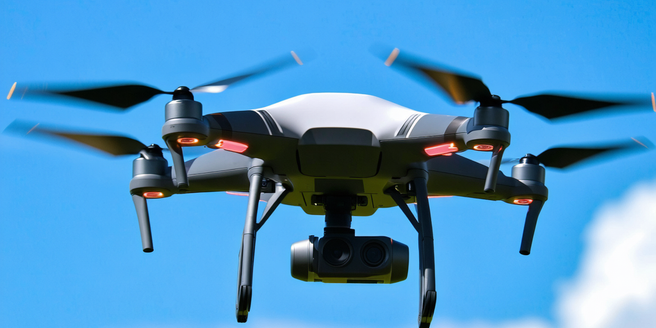
Understanding Meteorological Data Essentials for Drone Operators
Meteorological data plays a crucial role in the safe and efficient operation of drones. Operators must pay attention to factors such as wind speed, precipitation, and atmospheric pressure before undertaking any flight. Wind speed can affect a drone’s stability and battery efficiency, while precipitation can impair sensors. Understanding these basics enables operators to make informed decisions and anticipate issues that may arise due to changing weather patterns. Modern drones often come equipped with sensors that provide real-time data, but operators must know how to interpret and respond to these readings to ensure optimal performance and safety. Effective data analysis can prevent mishaps, thus extending the lifespan of the drone and ensuring successful missions.
The Impact of Weather Conditions on Drone Performance
Weather conditions are significant variables that influence drone performance. High winds can destabilize a drone, making it challenging to control and potentially causing damage. Similarly, rain or snow may interfere with the drone’s sensors and cameras, leading to degraded performance and imaging quality. Cold temperatures can also adversely affect battery life and efficiency. Consequently, operators must consider these factors when planning flights. Understanding the impact of weather ensures operators can mitigate risks, avoid potential accidents, and maintain the integrity of the drone. Using weather forecasts and real-time data can help operators adjust their flight plans to navigate safely through challenging conditions.
Tools and Technologies for Gathering Meteorological Data
Modern advancements in technology have made it easier to gather and analyze meteorological data for drone operations. Portable weather stations, anemometers, and barometers are widely used tools that provide accurate readings of current weather conditions. Additionally, drones equipped with specialized sensors can collect real-time data, enabling operators to make quick decisions. Software applications can further assist by interpreting this data, offering detailed forecasts and potential hazards in the flight path. By leveraging these tools, operators can enhance their situational awareness, leading to safer and more efficient flights. This evolving field continues to introduce innovative resources, allowing for increasingly precise and reliable data gathering.
Interpreting Weather Reports: A Guide for Drone Enthusiasts
Interpreting weather reports is an essential skill for drone enthusiasts and operators. Knowing how to read and understand charts, icons, and terminology used in reports can significantly impact flight success. Key elements include understanding wind speed indicators, precipitation charts, and temperature indexes. Accurate interpretation enables operators to anticipate issues and plan alternate routes. Additionally, knowing how to utilize various resources like online weather services and mobile applications can enhance preparedness. Combining this knowledge with real-time updates ensures a comprehensive understanding, enabling operators to adapt to changing conditions quickly and effectively. Mastering this skillset ensures not only safety but also the success of drone missions.
Best Practices for Combining Weather Data with Drone Flight Plans
Integrating meteorological data into drone flight planning is vital to ensure success and safety. Operators should use current forecasts to adjust routes and schedules, taking into account factors like wind speeds and no-fly zones due to poor weather. By overlaying weather data with map software, operators can better visualize potential risks and navigate safely. Pre-flight briefings should include detailed weather assessments and potential adjustments. Regular communication with ground teams about changing conditions is also key. Implementing these best practices minimizes the risk of accidents and enhances the efficiency of drone operations, leading to successful mission completions.
Future Trends: Innovations in Meteorological Data for Drones
The future of meteorological data for drones holds immense potential with ongoing innovations. Artificial intelligence and machine learning now play a crucial role in predictive modeling, enabling more accurate weather forecasts. Integration of IoT devices with drones allows for seamless data collection and analysis, providing real-time insights. Additionally, advancements in satellite technology contribute to more comprehensive and precise weather tracking. Future trends also include enhanced visualization tools and augmented reality applications that enable operators to visualize weather impacts on flight paths interactively. As these technologies evolve, they promise to transform how operators manage weather-related challenges, leading to safer and more efficient drone operations.
